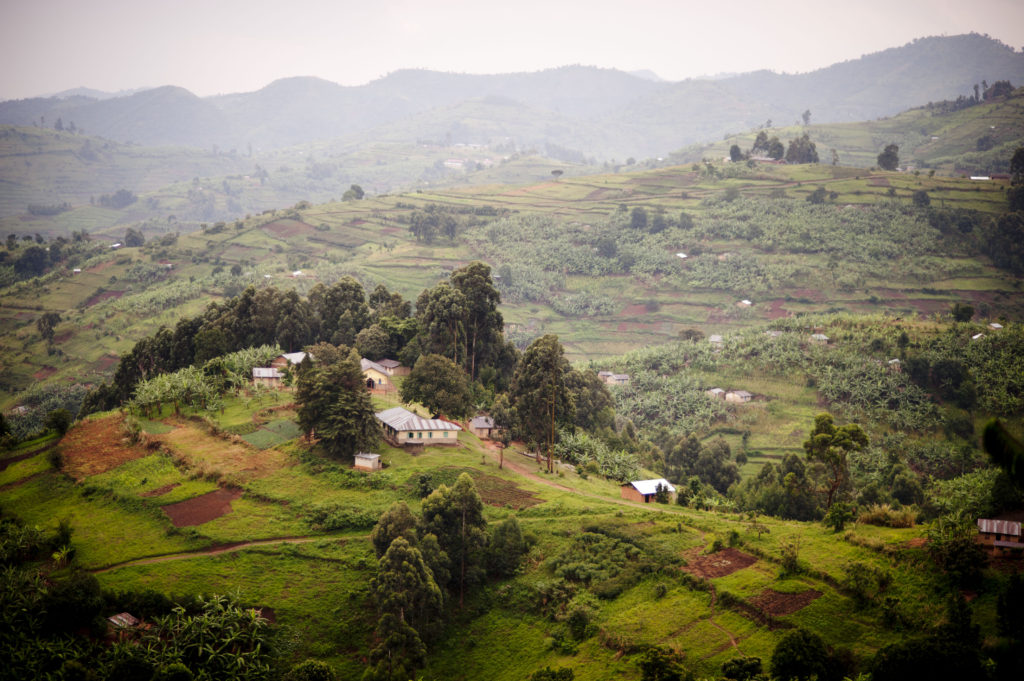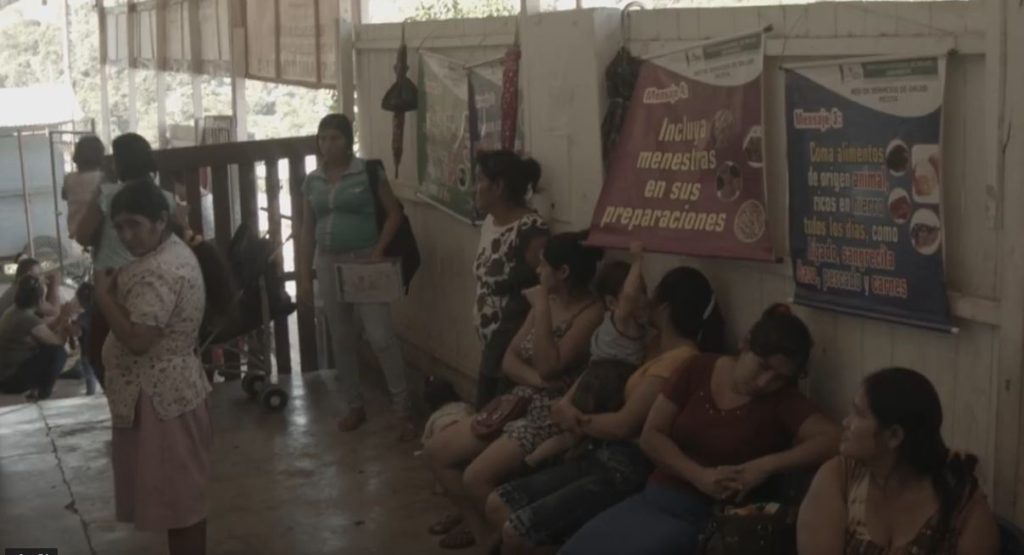THE PROBLEM

Medical technology is unevenly allocated across the world, and is critically scarce in rural and remote regions. For these areas, most medicine and treatment is based on symptoms, rather than early diagnostic care. Many conditions go undetected, often resulting in fatal consequences.

With far less access to medical imaging the diagnosis and treatment of curable diseases remains the primary problem of the underserved communities of Latin America and the Caribbean. While X-ray is sometimes available, rarely do advanced imaging applications such as CT, MRI, ultrasound or nuclear medicine exist.

Historically, rural access to diagnostic medical imaging has been essentially non-existent for the following reasons:
Ultrasound is highly operator dependent.
Traditional ultrasound is a highly developed skill set which requires extensive training. The quality of the ultrasound scan is dependent on the technical expertise of the sonographer performing the scan.
Difficulty in retaining trained personnel.
Trained personnel often prefer living in an urban setting. Once training has occurred, personnel often move to areas of increased opportunity and higher wages.
Limited Financial Resources
The fact that many of these regions have very limited financial resources renders purchasing an ultrasound system an impractical option. Additionally, power is often unstable creating an additional obstacle.
Physicians to Interpret Cases
A significant impediment to medical imaging in rural areas is the lack of trained physicians to interpret cases.
